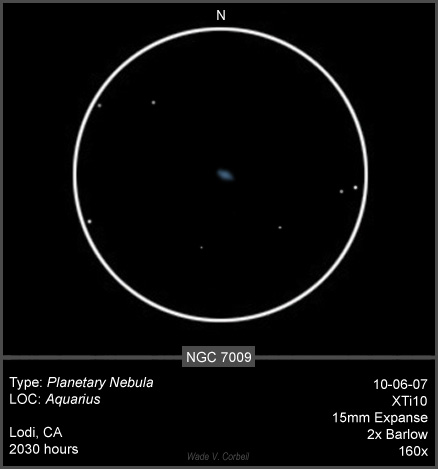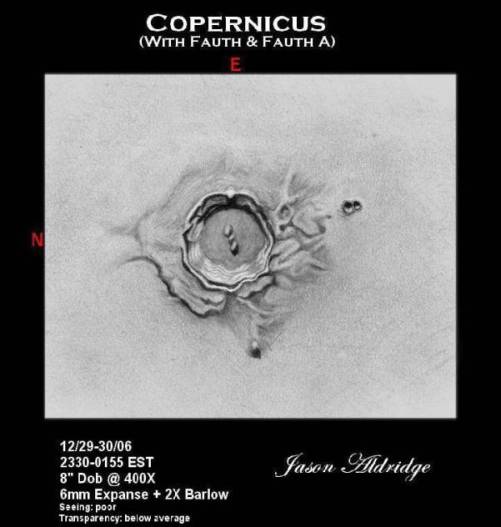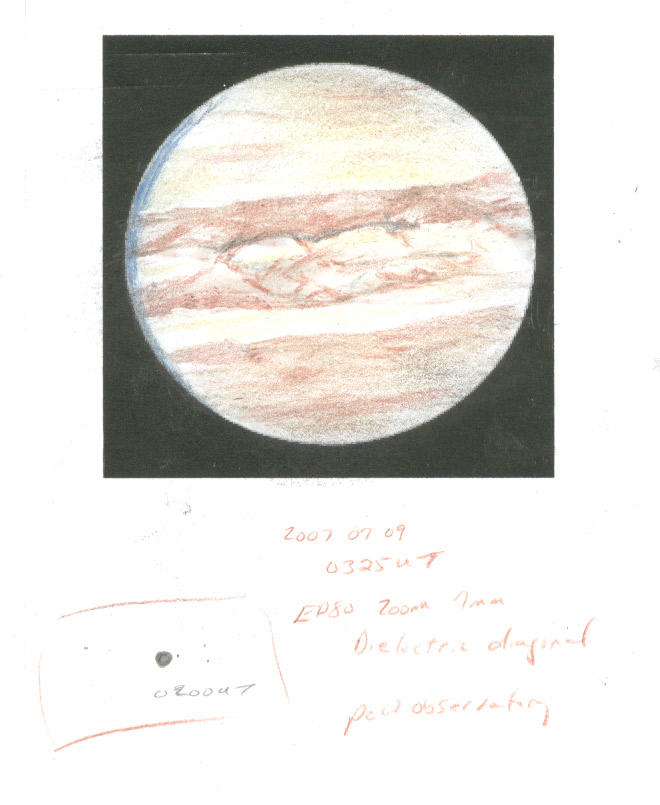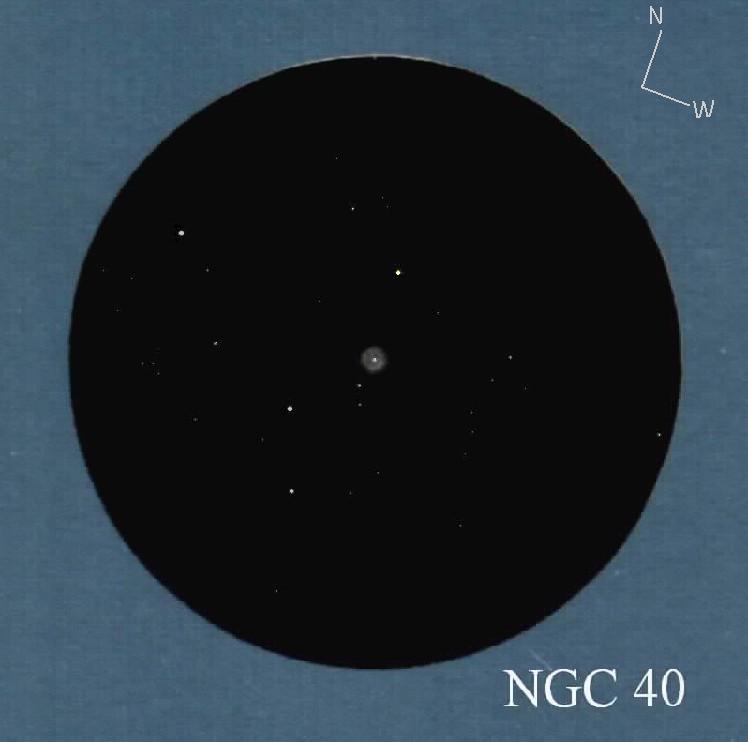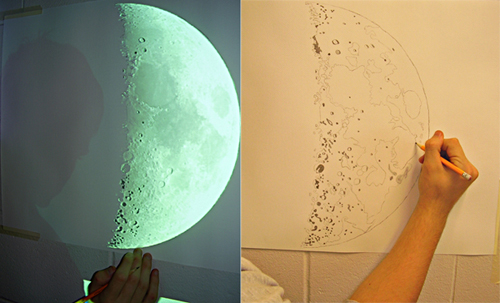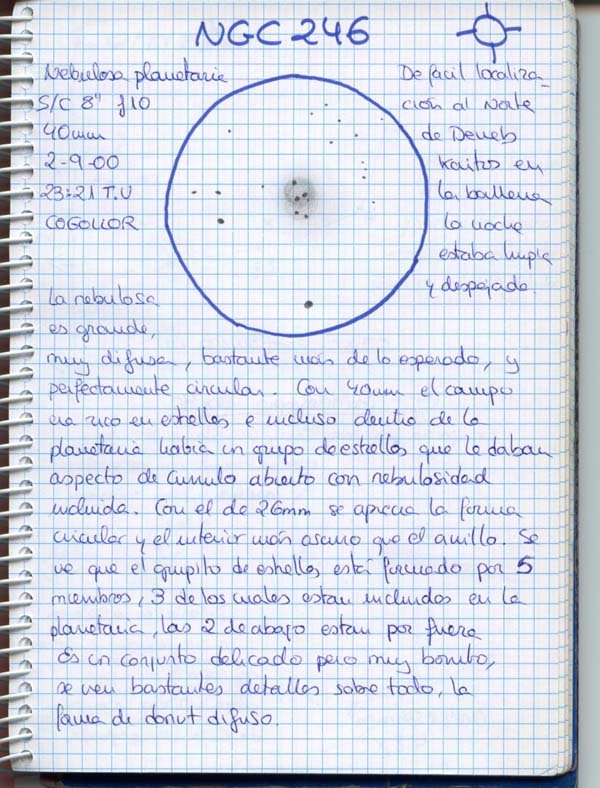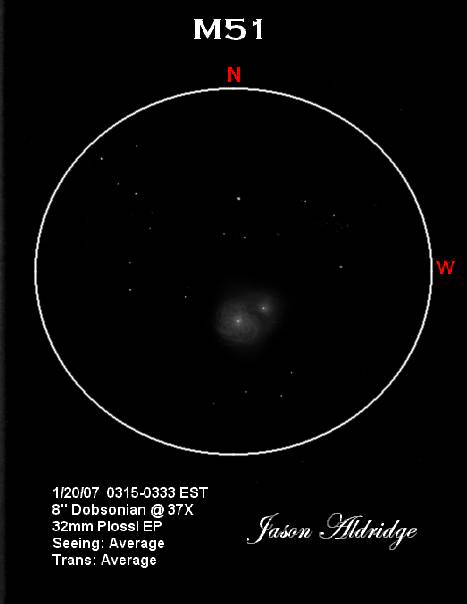NGC 7009 The Saturn Nebula
This gem was a nice treat in the ol’ EP. I was able to just discern the namesake shape of this planetary nebula, as well as a very obvious blue color that made this stellar gem take command of its position in the night sky.
Wade V. Corbei
Lodi, CA

